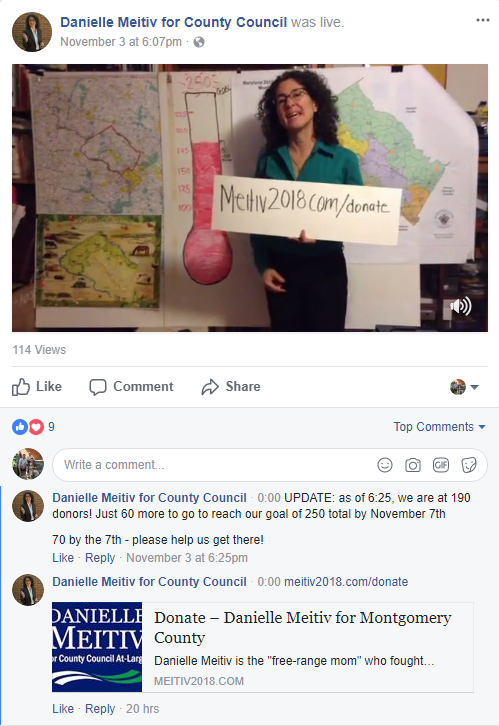- Name one program in the county budget that is not working and can be cut. Tell us how much in annual savings that would yield.
While there’s no one program we could cut that would produce enough savings to fund the education, transportation, and other investments the county needs, I want to explain how I would take a different approach to how the county makes budget decisions.
Montgomery County faces enormous economic and fiscal challenges: slow job growth, federal budget cuts, an aging population, poverty and its attendant social costs, inadequate infrastructure, and rising school enrollment. Revenue projections indicate that just maintaining current services will continue to be a challenge, not to mention dealing with the costs necessary to address some of the critical unmet needs facing us. We have to find ways to maintain the services our residents expect while addressing challenges that can impact our quality of life.
The next County Executive will need to get as much value as possible from every tax dollar, and the only way to do that is to bring a new way of thinking to how we spend our $5 billion budget. While that’s easier said than done, my record shows I can deliver. During my first term on the County Council, for example, I recognized that the proposed renovation of the Circuit Courthouse had morphed into an incredibly expensive total replacement. The project didn’t make sense. I challenged the assumptions behind the change and I ultimately helped save the county tens of millions of dollars by demonstrating that a renovation could be done much more efficiently.
If elected, my team will move away from the county’s traditional budgeting approach, which starts with last year’s spending and adjusts it incrementally. We won’t balance budgets with across-the-board cuts that punish good programs and protect poor performers.
Our budgets will instead be built from the ground up to achieve the outcomes residents want, such as closing the opportunity gap, reducing commute times, making housing more affordable, and improving public safety. We will work to foster a culture of innovation, cooperation, creativity, and transparency so we can move away from a “this is how we’ve always done it” mindset into a model of continuous improvement.
What does that mean? We will work with our employees, nonprofit partners, and our customers – both residents and businesses – to ensure that our service delivery follows best practices and meets our customers’ expectations. We will insist on accountability and make funding decisions based on performance. We will publish an annual report, available to everyone, showing how tax dollars were spent, the measurable progress we are making toward our outcomes, and where we need to do better.
I have no doubt that, by realigning work to reflect best practices, insisting on performance accountability, and creating a culture of teamwork, we can operate existing programs more efficiently. Doing so will allow us to pivot existing human and capital resources to better address the challenges facing us.





